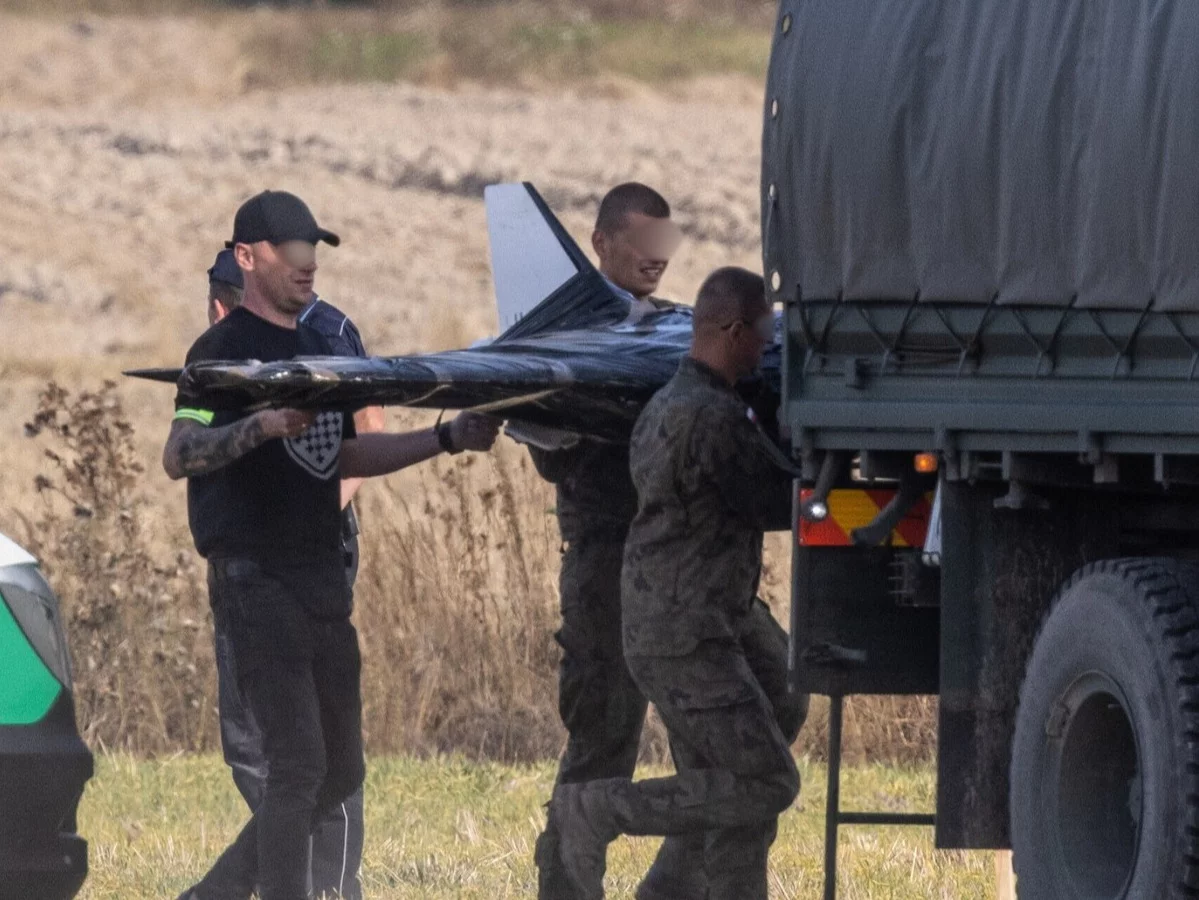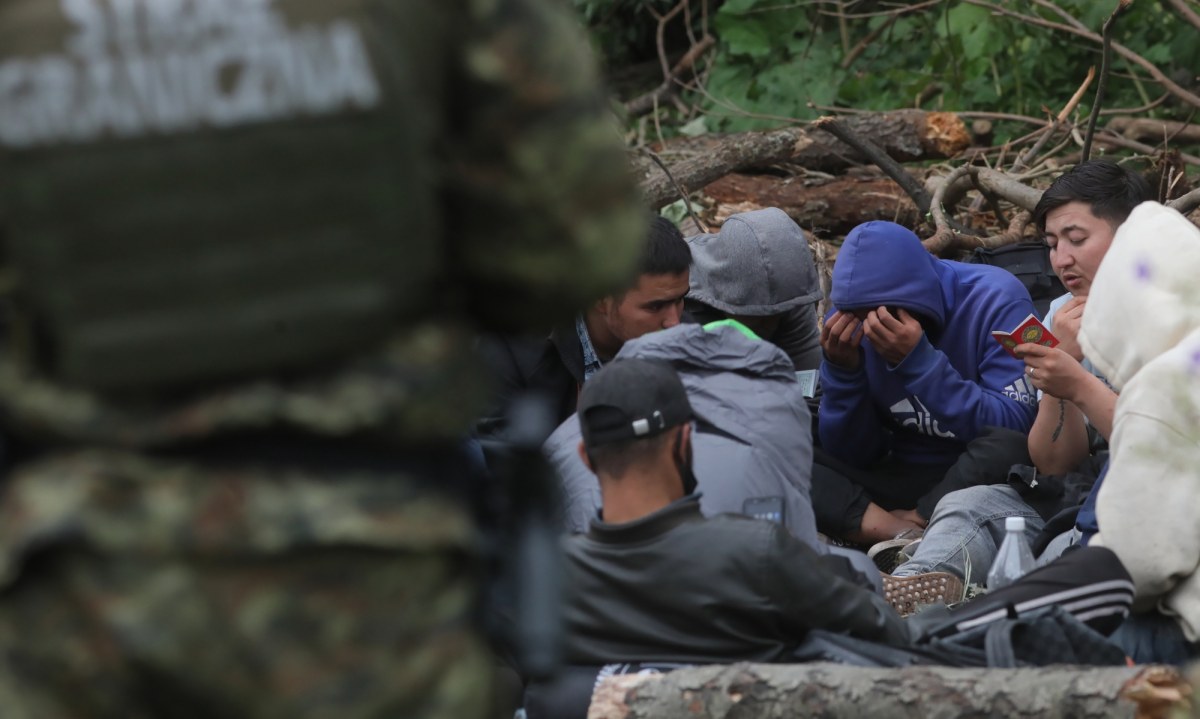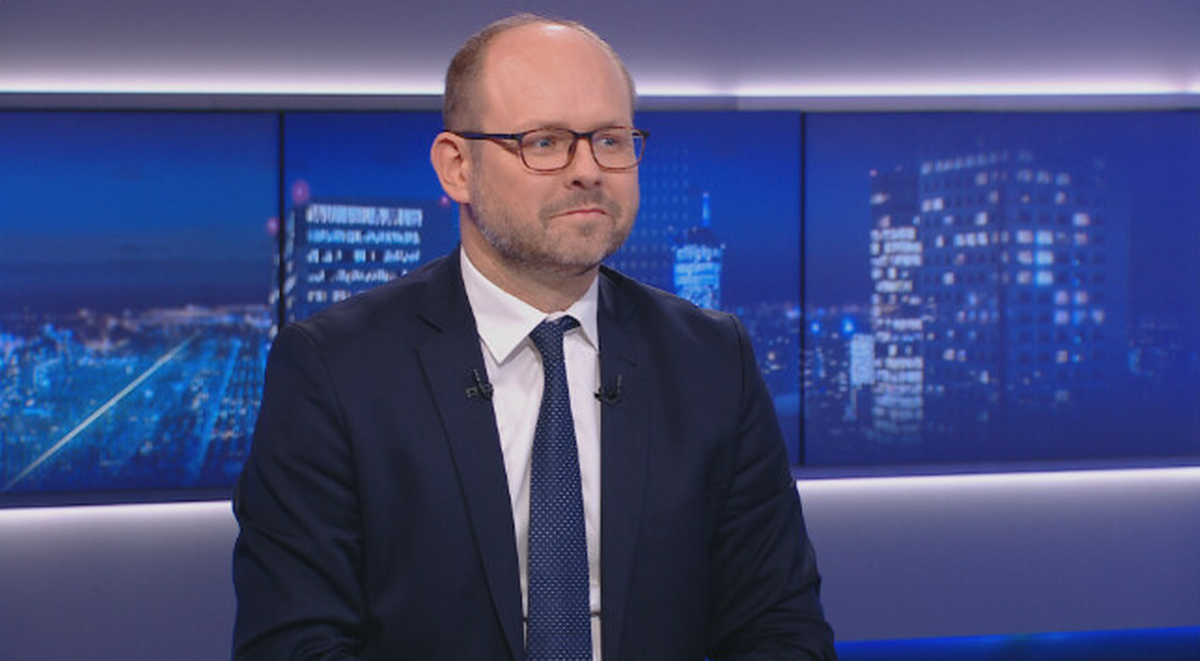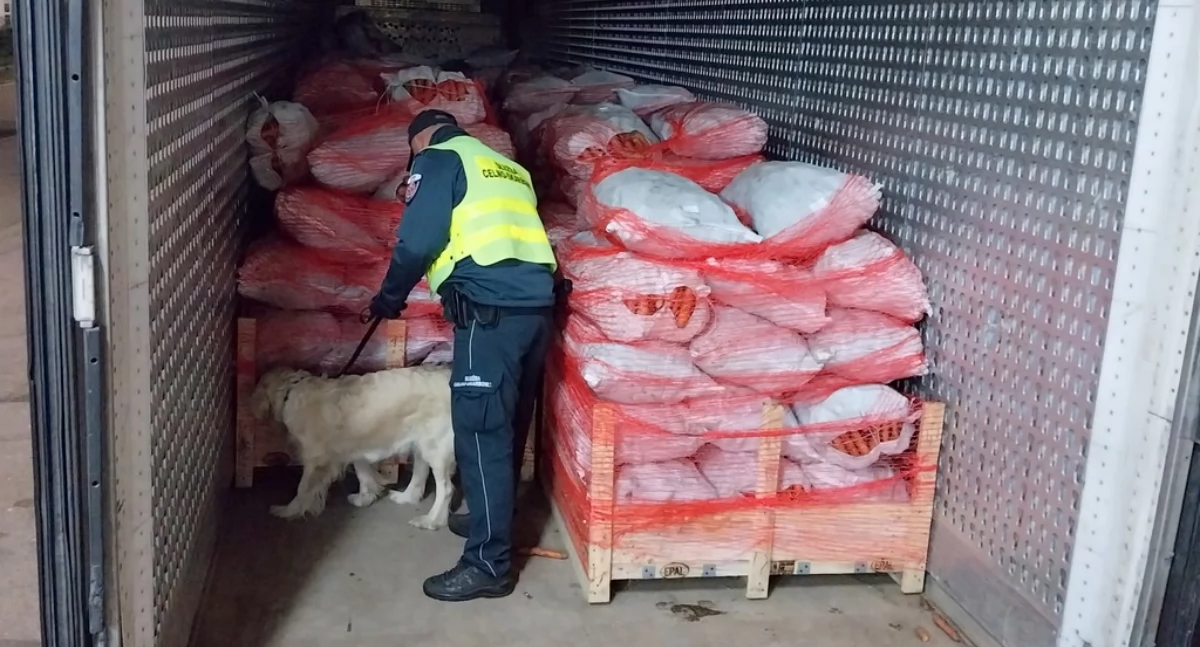After 35 years of conflict, Armenia and Azerbaijan have drafted a peace treaty, finalizing the end of the Nagorno-Karabakh conflict. However, a fewer days after the public announcement, Azerbaijan accused Armenia of preparing for war, naming ceasefire violations as the issue. Since the European Union’s local monitors have not confirmed the incident, it creates the impression that Azerbaijan is spreading disinformation, searching for a reason to justify all means of rejecting the peace process.
There is inactive a long way to go before the agreement is signed, but the outcomes of the process stay uncertain. Firstly, there is no third party outside the conventional regional players guaranteeing the fulfilment of the parties’ responsibilities. Secondly, it remains unclear whether the treaty will bring lasting peace and stableness to the region or simply further encourage the presence of realpolitik.
The Armenia-Azerbaijan conflict over Nagorno-Karabakh is profoundly rooted in both historical grievances and Soviet-era policies. Since the collapse of the russian Union, the conflict remained frozen and unresolved until the war in 2020 marked a turning point, with Azerbaijan reclaiming crucial territory. The subsequent ceasefire agreement, brokered by Russia, resulted in the deployment of Russian peacekeepers and a reshuffling of territorial control. However, in September 2023, Azerbaijan took full control of Nagorno-Karabakh in a 24-hour offensive. Unfortunately, in comparison to the war in Ukraine, democratic planet leaders were substantially inactive. There were hundreds of casualties and more than 1 100 1000 Armenians fled the area over 1 week. Subsequently, the public reaction to the fresh treaty remains divided in Armenia, especially considering the unenviable conditions of the document. Dissatisfied Armenians blame president Pashinyan for betraying the country’s national interests, viewing the agreement as not peaceful and equal to a capitulation that will only further encourage Baku to request more. It is besides seen as a grand plan of the Kremlin, which never met its responsibilities within the CSTO while Armenia was under attack. “Let them not forget about the second Karabakh war, how they begged for mercy from us on their knees, how they appealed to Russia at the highest level 10 times a day, asking to halt the war,” the Azerbaijani president bitterly reminded his neighbours respective months ago. Despite this, any of the Armenians are inactive in favour of the treaty as the last hope to avoid war with Azerbaijan, making courageous concessions.
In reality, the fear of further escalation is not delusional, as Ilham Aliyev’s view of future regional policy developments is compatible with the global geopolitical realignment, where power and nationalism, alternatively than morality, drive change these days. “The old planet order seems to no longer be here. So, what will be the fresh configuration of the global community’s interaction? Nobody knows. What is absolutely clear is that all country should be more concentrated on its own capability, not to trust on any kind of assistance or even not to trust on global law,” stated Aliyev to Euronews. Armenia is in an odd, asymmetric environment, preparing to sign a treaty with a better positioned neighbour, not relying on global law either theoretically or in practice.
As for the terms of the treaty, what is known so far is that with the request of Baku, Yerevan shall admit Azerbaijan’s sovereignty over Nagorno-Karabakh on a constitutional level, which requires a national referendum to amend the constitution or the adoption of an entirely fresh document. Regardless of how the Pashinyan government will present this as advancement toward peace or a affirmative outcome, this might consequence in a serious backlash within the country before the parliamentary elections in 2026.
The draft of the peace treaty besides refers to abolishing the “obsolete” Minsk Group, prohibiting the EU’s Monitoring Mission (EUMA) along the shared border, and withdrawing legal claims from global courts. These demands full isolate Armenia in dealings with Baku and put Yerevan in a more hard situation to safe its interests. But worse is yet to come, as the removal of EUMA will be a large setback on the way to Brussels, which has already approved the extension of the Armenian monitoring mission until 2027.
Notably, the draft does not address the issue of the Zangezur corridor despite its necessity for transit between Azerbaijan and its territory of Nakhchivan. It evidently leaves area for future developments. Given this, Baku will likely apply additional force to advance its connectivity and supply chain ambitions and leverage economical incentives, peculiarly as China and another external actors grow their influence in the South Caucasus concerning the mediate Corridor in terms of the Belt and Road Initiative (BRI). Turkey’s role is besides crucial in this regard, as Ankara realizes the possible it might gain as the result of beginning borders with Armenia. Bearing in head that since the war in Ukraine, Russia’s ability to act as a tangible force in the Armenia-Azerbaijan conflict has been increasingly questioned, leading to a power vacuum allowing Turkey to play a larger role.
For Armenia, this is simply a hard minute to navigate the challenge of balancing sovereignty concerns with the possible economical benefits of integrating into emerging trade routes. Perhaps, for the European Union and the full transatlantic community, seeing Armenian, Azerbaijani and Turkish leaders together at the BRICS Kazan Summit in 2024 should have been a wake-up call as the neighbours set out to convince the BRICS audience of the possible of a peace deal and regional stabilization.
Watching Armenia search alternate economical sources should not have come as a surprise to the West, given Yerevan’s precarious position. However, logic dictates that Washington and Brussels should have been alarmed while observing the reshaping of strategical calculations between Armenia, Azerbaijan and Turkey. Now entangled with autocratic ties to Chinese and Russian leadership, this decision puts the function of human rights, Bretton Woods, and liberal democratic values at stake. The same logic applies to the peace treaty. While the possible of resolving the conflict and bringing stableness to the region is positive, critical aspects should not be overlooked by external stakeholders while praising it as a fact.
It is simply a challenging time for the US and Europe, and their consequence to the peace treaty besides indicates this. While the Trump administration’s policy toward the South Caucasus remains inactive undefined, the US State Department hailed the treaty as a historical moment, calling it an chance for Armenia and Azerbaijan to turn the page on decades of conflict – echoing president Trump’s imagination for a more peaceful world. The message emphasizes the urgency of signing and ratifying the treaty to usher in a fresh era of regional prosperity. Meanwhile, US National safety Advisor Michael Waltz has called for the swift completion of the Armenia-Azerbaijan normalization deal and the release of Armenian prisoners held in Baku. The visit to Baku by Steven Witkoff, Trump’s envoy, immediately after negotiations in Moscow was besides notable, but did not exposure the talks’ outcomes.
The remaining responses from the global community besides reflect the priorities of their busy agendas, offering praise for the peace treaty without delving into details or questioning future aspects. NATO and the UN echoed akin rhetoric to the US, welcoming the peace treaty negotiations between Armenia and Azerbaijan as a crucial step toward normalization and a major accomplishment for regional security. Also, Kaja Kallas articulated the European Union’s position, emphasizing Armenia’s concessions and encouraging both nations to keep this momentum and guarantee a smooth completion of the process. Ironically, Russia besides advocated for the normalization of Armenian-Azerbaijani relations, emphasizing that Armenia could always trust on Russia’s support.
While the global planet order is transforming significantly, the Armenia-Azerbaijani peace deal is not an abstract case; it does not stay solely a regional safety challenge. If, after all, the treaty will be truly signed, and while it might be a crucial step towards regional economical development, at what cost will the agreement be made? And where does the West see its function in the South Caucasus, in a strategical competition with China or a confrontation with Russia and Iran? These questions should be answered promptly while we are witnessing a pattern-breaking moment, which has the possible to become a future example for resolving another conflicts.
Azerbaijan found the most opportune minute to consolidate its power with Turkey’s backing against their weaker neighbour, and if the boundaries are not drawn now by external players having leverage on Baku and Ankara, the outcomes might be devastating not only for Armenia but for the transatlantic partners as well. The South Caucasus is not only a geographical crossroad but a political 1 as well for everyone curious in connectivity, supply chains, and trade from the Caspian to the Black Sea basin.
Despite any severe statements, maintaining distance from the conflict has always been the strategy for Europe and the United States, first considering Russia’s predatory policy in this neighbourhood and, secondly, politico-economic relations with Turkey and Azerbaijan. The testament to this is the Minsk Group, which has been co-chaired by the US, Russia and France since 1992 in order to oversee the process. However, its influence has waned in fresh years. The current draft treaty was negotiated mostly outside of this framework. What erstwhile seemed insufficient in past years will be just a drop in the ocean in the future. The West has been actively supporting human rights in this peculiar conflict, although it has never paid adequate effort to meddle substantially. Unfortunately, it is now going to be even more challenging as Europe and America are required to focus on strengthening their own defence capabilities.
Since its deployment, Russia and Azerbaijan have criticized the EU mission in Armenia, accusing it of gathering intelligence against Russia, Azerbaijan and Iran and labelling it a “paramilitary” force or a “military presence”. The EU mission has besides faced claims of being co-opted by NATO. The removal of EUMA would undermine Armenia and the region’s European trajectory and democratic oversight, especially erstwhile Yerevan inactive depends heavy on Russian energy and trade and hosts a Kremlin military base, illustrating the difficulty of totally breaking off relations with Moscow. Also, signing a peace treaty even in these terms will underscore that power dynamics dictate policy shifts and the dominance of realism in today’s geopolitical landscape. Azerbaijan’s powerful position is already visible and could proceed to become more threatening, alternatively than willing to scope a settlement with its neighbour. This is despite the fact that the 2 countries have yet to negociate erstwhile and where the peace deal will be signed.
While the peace treaty text has been agreed upon, the signing of the paper inactive remains a distant prospect, considering Azerbaijan’s assertiveness and Armenia’s home turbulence. In this context, the US and Europe face a strategical dilemma: engage more actively in the South Caucasus or hazard losing influence as autocratic powers consolidate their positions. Whether this peace treaty delivers genuine stableness or simply reinforces power asymmetries remains to be seen. In an era of global competition, the South Caucasus remains a crucial battleground – not just for regional players but for the strategical interests of the transatlantic community. Even if the peace treaty is signed, unresolved disputes, specified as disagreements over the modalities of transportation routes and the economical unblocking of the South Caucasus, leave area for future tensions and question its geopolitical ramifications erstwhile again.
Nino Lezhava is simply a investigation analyst in global safety and affairs. She is simply a Non-Resident Fellow at Center for European Policy (CEPA) at the Transatlantic defence and safety Program. Her work spans the safety and democratic developments of the wider Black Sea region and the Caucasus, hybrid warfare, and democracy building. Nino holds a master’s degree in global and European safety from Geneva University and has late completed distinguished professional programmes at the Hoover Institution at Stanford University and the Geneva Center for safety Studies. She lectures at German and Georgian universities, contributes her expertise as a freelance contributor for various media outlets.
Please support New east Europe's crowdfunding campaign. Donate by clicking on the button below.












